by Mike Gulett –
In the mid-1960s, when British sports cars were charming but lacked muscle, one compact roadster emerged with a growl loud enough to wake Detroit. The Sunbeam Tiger was a fusion of two worlds — a sleek British body with an American V8 — and for a brief, moment, it proved that elegance and brute force could coexist beautifully.
The Tiger’s story begins with the Sunbeam Alpine, a handsome but modestly powered two-seater built by the Rootes Group. American sports car buyers, accustomed to powerful Corvettes and Shelbys, found the Alpine’s 80-odd horsepower politely British but not exciting.
Enter Ian Garrad, Rootes’ West Coast sales manager, who understood what Americans wanted: torque. Inspired by Carroll Shelby’s success in turning the AC Ace into the Shelby Cobra, Garrad decided to create his own Anglo-American hybrid. He hired race driver Ken Miles to install a small Ford 260-cubic-inch V8 into an Alpine chassis. The result was a shock — the car fit the engine like it was meant to be there, and it performed like a wildcat. Garrad then brought in Carroll Shelby himself to refine the concept. Shelby built a second prototype, proving that this idea had real commercial appeal.
From Alpine to Tiger
Rootes executives were persuaded, and in 1963 they approved the new car — christened the Sunbeam Tiger, a name borrowed from a 1920s Sunbeam land-speed car that had once been the fastest in the world.
Production began in 1964, with Jensen Motors (later famous for the Interceptor) handling assembly. The Tiger’s compact body and refined interior stayed close to the Alpine’s, but under the hood everything changed. The Ford V8 was paired with a four-speed manual transmission, a limited-slip differential, and upgraded suspension and steering systems.
The result was transformative. The Tiger could go from 0–60 mph in about seven seconds and top 120 mph, all while maintaining the light, athletic feel of a European sports car. It wasn’t quite a Cobra, but at a fraction of the price, it came surprisingly close — earning the nickname “the poor man’s Cobra.”
The Mark I and Mark II
The first version, the Mark I, used Ford’s 260-cu-in engine and was built through 1966, with around 6,500 units produced.
A final evolution came in 1967: the Mark II, now fitted with the 289-cu-in Ford V8 (the same basic engine that powered the Mustang GT and Shelby GT350). Output rose to around 200 horsepower, and performance was fierce. But fate intervened.
That same year, Chrysler acquired the Rootes Group. However, Chrysler refused to sell a car powered by a Ford engine. Engineers tried to shoehorn a Chrysler small-block into the Tiger, but it simply wouldn’t fit. Production ended after just 536 Mk IIs, making them the most coveted Tigers today.
The Tiger’s Legacy
Although its production life lasted barely three years, the Tiger left its mark. It captured a unique moment in the 1960s when British elegance met American audacity. On twisty roads, the Tiger felt alive — a muscular, rear-drive roadster that demanded respect but rewarded confidence.
The car even achieved pop-culture fame when a red Tiger appeared as Maxwell Smart’s car in the TV comedy Get Smart. It was the perfect choice for a character who mixed style, comedy, and a little chaos.
Today, collectors celebrate the Tiger as one of the great “hybrid” sports cars of its era. Its combination of approachable looks, V8 power, and limited production make it a hot property at auctions and concours events. The best examples — particularly the rare Mk II — now fetch six-figure prices, almost rivaling Cobras and E-Types in desirability.
The Sunbeam Tiger represents something that can’t easily be repeated: a transatlantic collaboration born of individual instinct rather than a committee. It was a car created by enthusiasts for enthusiasts — light, fast and analog.
In an era when so many sports cars were polite, the Tiger was impolite in all the right ways. It remains a reminder that sometimes, the best automotive ideas come not from corporate strategy but from the courage to drop a big V8 into a small British body — and see what happens.
Let us know what you think in the Comments.
Research, some text and some images by ChatGPT 5.
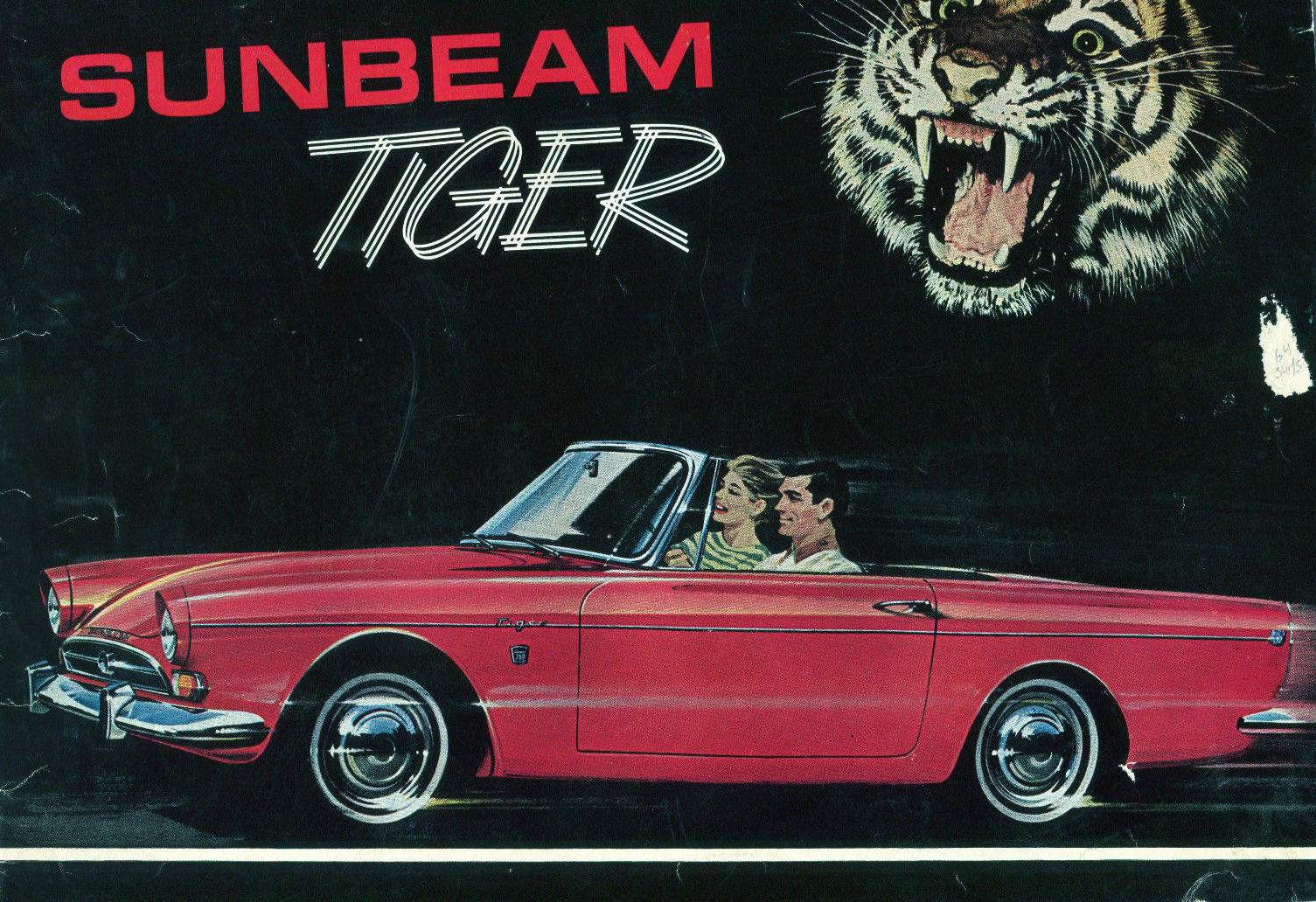
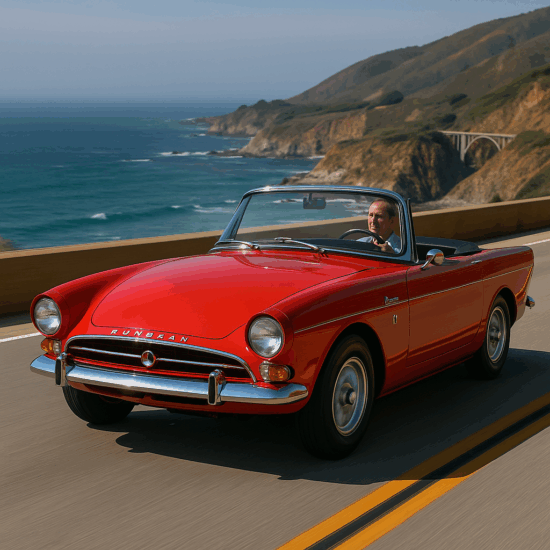
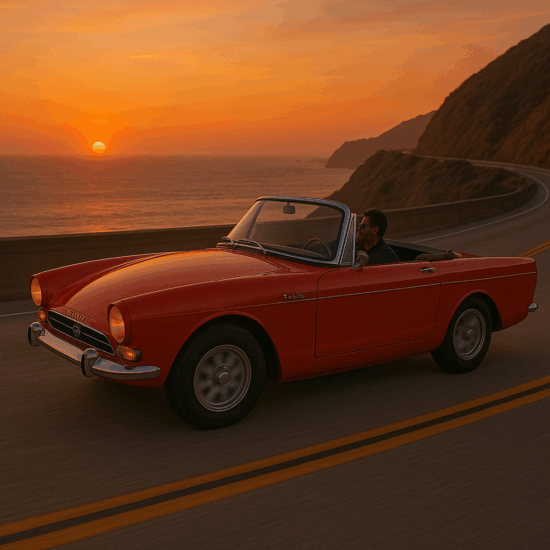
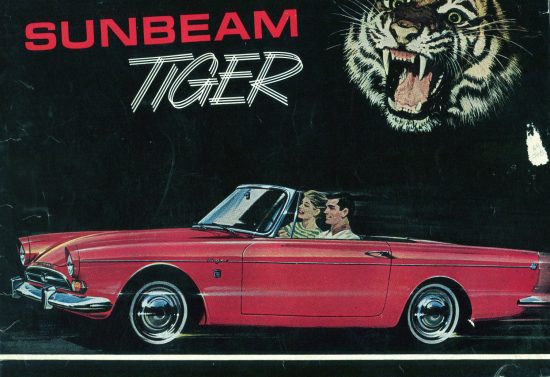
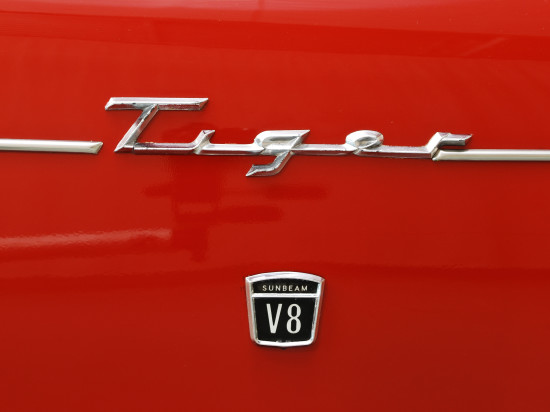
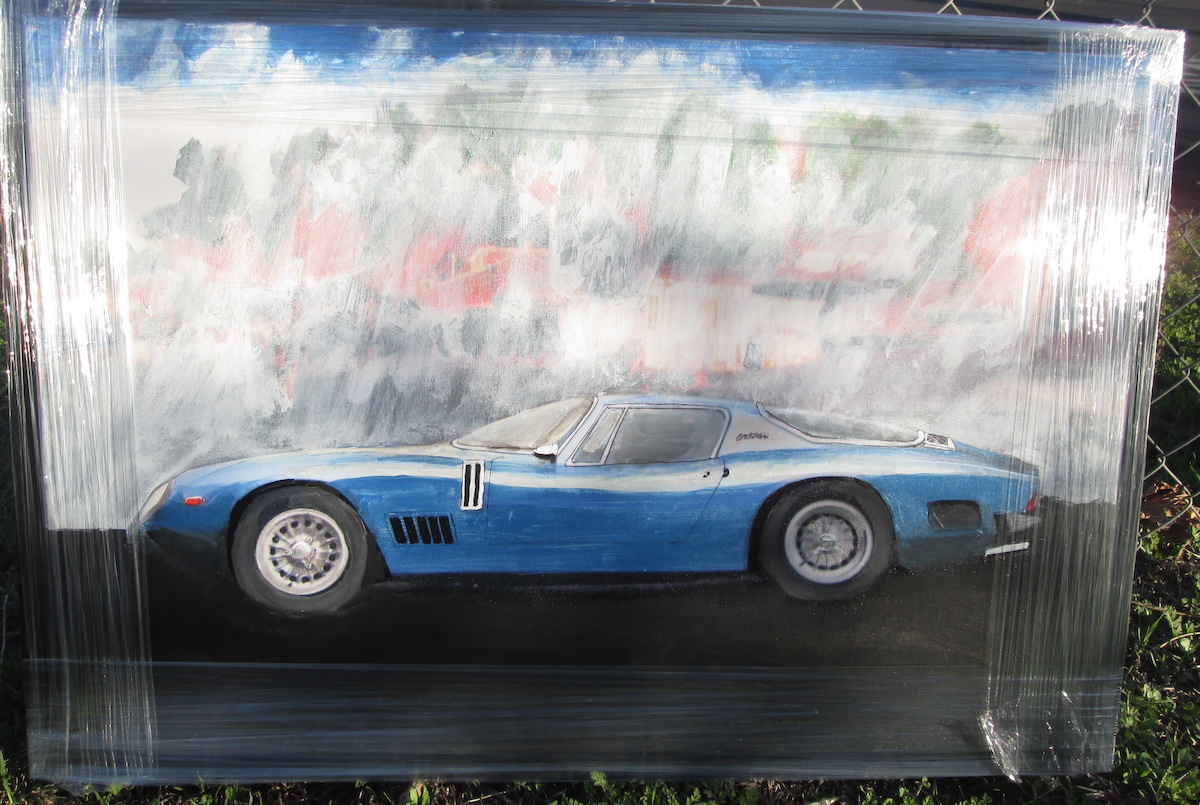

“RUNBEAN”…………???
That is the ChatGPT AI program – don’t know why.
Not about a Tiger but…
My sports car epiphany occurred at late one hot summer night at age 16 (1972) in an Alpine. After closing the gas station for the night the other attendant took me for a freeway blast in his freshly repainted Alpine. Though my passion is Morgans, that evening was pivotal in my ‘pur sang’ perspective of the automotive experience.
A Tiger would certainly be in my dream collection.